Versuchen GOLD - Frei
Demosthenes & Cicero
Dig Into History Magazine for Kids and Teens
|May/June 2017
Even today, more than 2,000 years after they lived, Demosthenes and Cicero are still considered two of history’s most outstanding orators.

The two men resembled each other not only in their rhetorical abilities but also in their backgrounds. Each came from humble beginnings and rose to positions of influence through the power of speech. Both opposed kings and tyrants; both were, for a time, exiled from their countries; and both were finally seized by their enemies—their deaths marking the end of liberty in their countries.
Demosthenes…
Lived in Greece in the fourth century b.c.e. His father died when he was very young, and he had a difficult childhood. His health was fragile, and his guardians stole much of the money his father had left for his education. Nevertheless, he was determined to succeed, and he soon found the field in which he would excel. After hearing the orator Callistratus argue in court, Demosthenes resolved to learn the art of public speaking in order to sue his guardians for the stolen money. He then took them to court and won. Soon after, he became involved in politics.
Diese Geschichte stammt aus der May/June 2017-Ausgabe von Dig Into History Magazine for Kids and Teens.
Abonnieren Sie Magzter GOLD, um auf Tausende kuratierter Premium-Geschichten und über 9.000 Zeitschriften und Zeitungen zuzugreifen.
Sie sind bereits Abonnent? Anmelden
WEITERE GESCHICHTEN VON Dig Into History Magazine for Kids and Teens

Dig Into History Magazine for Kids and Teens
Worshiping Heaven
For almost 500 years, emperors of the Ming and Qing dynasties offered sacrifices and prayers at the Temple of Heaven in Beijing.
3 mins
November/December 2016
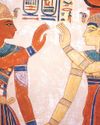
Dig Into History Magazine for Kids and Teens
Peace Reigns
The news spread throughout Egypt—a new pharaoh, Ramses III, now sat on the throne.
4 mins
September 2017
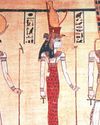
Dig Into History Magazine for Kids and Teens
Problems To The East
Ramses III, the second king of Egypt’s 20th Dynasty, is viewed as Egypt’s last truly great pharaoh.
3 mins
September 2017
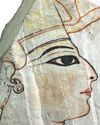
Dig Into History Magazine for Kids and Teens
The Successors
Following the death of Ramses III, eight pharaohs, all named Ramses, ruled Egypt.
1 mins
September 2017
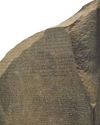
Dig Into History Magazine for Kids and Teens
Stone Code
Hundreds of ships, led by the French general Napoleon Bonaparte, sailed from France in May 1798 on a secret mission.
1 mins
September 2017

Dig Into History Magazine for Kids and Teens
Up & Away!
Eclipse observers often face unexpected difficulties, sometimes on their way to their chosen sites and sometimes at a site itself.
2 mins
January 2017

Dig Into History Magazine for Kids and Teens
Edison's Eclipse Adventure
Thomas Edison (1847–1931) is the best-known inventor in American history.
3 mins
January 2017
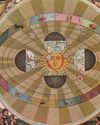
Dig Into History Magazine for Kids and Teens
Digging Up Copernicus
The scientist “who made the Earth a planet” is how the Harvard-Smithsonian astronomer Owen Gingerich refers to Nicolaus Copernicus (1473–1543). Copernicus’ path breaking book, On the Revolutions of the Heavenly Spheres,challenged the centuries-old belief that the Earth stood stationary at the center of the cosmos.
2 mins
January 2017
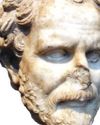
Dig Into History Magazine for Kids and Teens
Demosthenes & Cicero
Even today, more than 2,000 years after they lived, Demosthenes and Cicero are still considered two of history’s most outstanding orators.
4 mins
May/June 2017
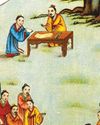
Dig Into History Magazine for Kids and Teens
Confucius & Socrates
Some teachers are so inspirational that their influence lives on long after they die.
3 mins
May/June 2017
Translate
Change font size

